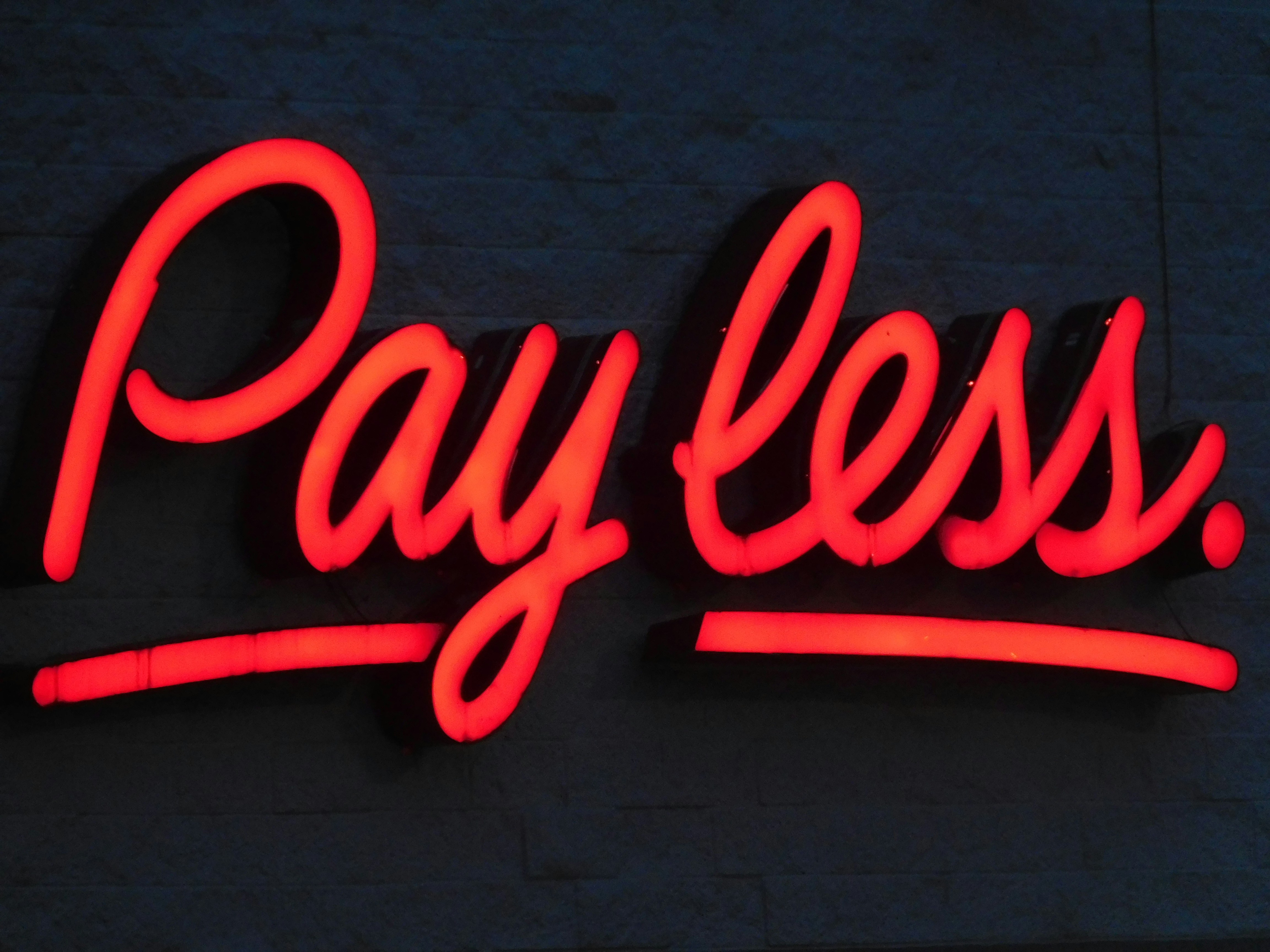Multifamily Housing
Multifamily housing is more popular now than ever before. As the market becomes more and more competitive, landlords and property managers need to be increasingly creative with their tenant concessions to attract multifamily residents.
Here are seven tenant concession ideas that can help you fill your units while keeping your expenses low. Before we get on to these resident concessions, let's first understand what tenant concessions mean.
What are tenant concessions?
Simply put, tenant concessions are made by property owners to prospective tenants to entice them to take up the property. These enticing offers can include rent discounts, permission to sublease, free parking, or other allowances.
While these offers can help landlords quickly fill their multifamily property units, they also act as differentiators. For instance, if a tenant is finding it difficult to decide between two properties, the rental concession offered by one of the landlords can sweeten the deal.
These tenant concessions are particularly important during economic distress that has been brought on by the pandemic. While millions lost their jobs in the initial days of the pandemic, the Pulse survey showed that 12 million renters in 2021 were behind on their rent payments.
7 smart tenant concession ideas you can explore to attract residents
Here are 7 smart tenant concessions you can explore to quickly fill vacant units.
#1: Application fee waiver
When a property is having trouble filling vacancies, the owner or property manager may decide to waive the application fees. This is a common concession that can be used to attract potential tenants. Sometimes a waived fee is enough to get someone to apply, and it can also help to build goodwill with potential tenants.
There are a few things to keep in mind when waiving an application fee. Make sure that the fee is actually waived.
Sometimes landlords will advertise that they are waiving the fee, but then they still require the applicant to pay it. Additionally, make sure that you are tracking the results of waived fees.
Are more people applying when you waive the fee? Are you getting better-quality tenants?
#2: Reduced security deposit
When it comes to renting property, there are a few things that are usually non-negotiable, such as the rent amount and the length of the lease. However, many landlords are willing to negotiate on other details, such as the security deposit amount.
When a tenant moves out, the property owner has to spend time and money cleaning and repairing the property. If the tenant has caused damage, the owner may have to pay for additional repairs. A security deposit can help offset some of these costs.
Some owners choose to waive the security deposit altogether. This can be a helpful gesture when looking to attract a new tenant. It is also a great idea if the property has been damaged in the past and you want to build trust with the new tenant.
When doing this, ensure you stay on top of your accounts and financial status by investing in the right property management accounting software. This gives you real-time information on day-to-day accounting and financial reports to optimize property management.
#3: Offering a free month of rent
Another way to incentivize potential tenants is to offer a free month of rent. This can be a great way to attract new tenants and fill up vacant units in your multifamily property. This incentive can be especially helpful if your rental property is in a high-demand location.
When you're advertising the free month of rent, be sure to mention it in your ad and on your website. You can also promote it on social media. Potential tenants will be more likely to contact you if they know that there's no risk involved in renting from you.
#4: Free parking
When a potential tenant is looking at a property, one of the main things they will consider is parking. If the property doesn't have parking available, or if the parking is expensive, it can be a deal-breaker. Many landlords are now offering free parking spaces as a concession to attract new tenants.
This can be a great way to fill up your vacant units, and it's a win-win for both the landlord and the tenant. The tenant gets free parking, and the landlord gets a new tenant who is not burdened by the cost of parking.
You can either reduce the parking fee or waive the cost of parking for your tenants altogether. Some landlords also simply waive the fee for the first month or two. This can be a great way to make your property more attractive, and it can help you stand out from the competition.
#5: Do away with pet fees
Pet ownership levels in the U.S. are growing year on year and at least 70 percent of households in 2020 owned a pet, according to Statista.
There are a few reasons why landlords might want to consider this strategy. For one, it can help you attract tenants who have pets. It can also be a way to stand out from the competition. It can also help you retain current tenants who have pets.
There are a few things you should keep in mind before waiving the pet fee. First, you need to make sure that the lease agreement allows for pets and that there is no mention of a pet fee.
Second, be aware of any damage that pets may cause and factor that into your decision. You also need to be comfortable with the idea of having a pet on the property and be willing to deal with any possible issues, such as tenant complaints that may arise.
Finally, consult with your insurance company to see if pet-related damage is covered under their policy.
It can be a win-win situation for both parties, as long as you have a good tenant screening process in place before letting a tenant move in with their furry friends. This will ensure you avoid people who have an eviction history due to pet-related issues.
#6: Move-in allowance
A move-in allowance is a sum of money that a tenant can use to cover the cost of moving into the rental property. This sum is usually paid by the landlord on behalf of the tenant, and it may be used to cover expenses such as packing materials, boxes, and transportation costs.
Alternatively, you can also cover the broker's fee if your multifamily property is listed with a realtor.
#7: Custom lease period
A custom lease period is a lease agreement that is negotiated and agreed to between the tenant and the landlord. The custom lease period can be for any length of time and can be set up to coincide with the needs of the tenant. A custom lease period can be helpful for individuals who are in the process of looking for a new job or need a short-term lease while they are looking for a longer-term option.
You can further incentivize by using property management software to make it easy for your prospects to sign the lease digitally.
Streamline property management to fill up units quickly
If you're looking for ways to streamline your property management process, get in touch with ExactEstate. We offer a suite of property management software tools that can help you streamline your multifamily property management and attract new tenants with ease.










